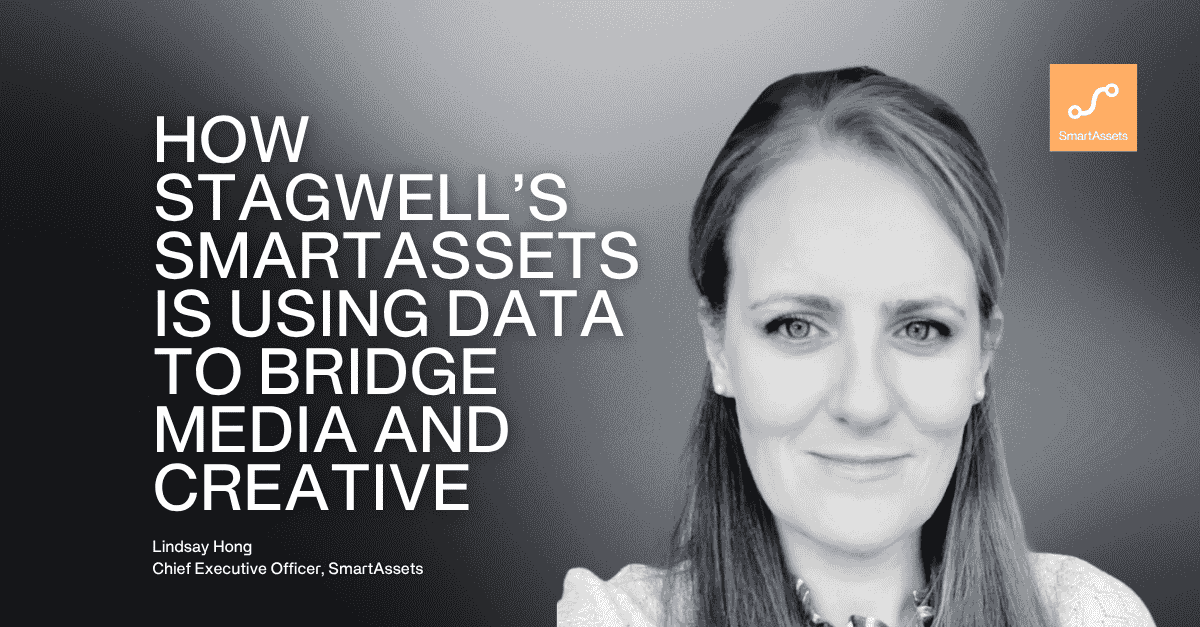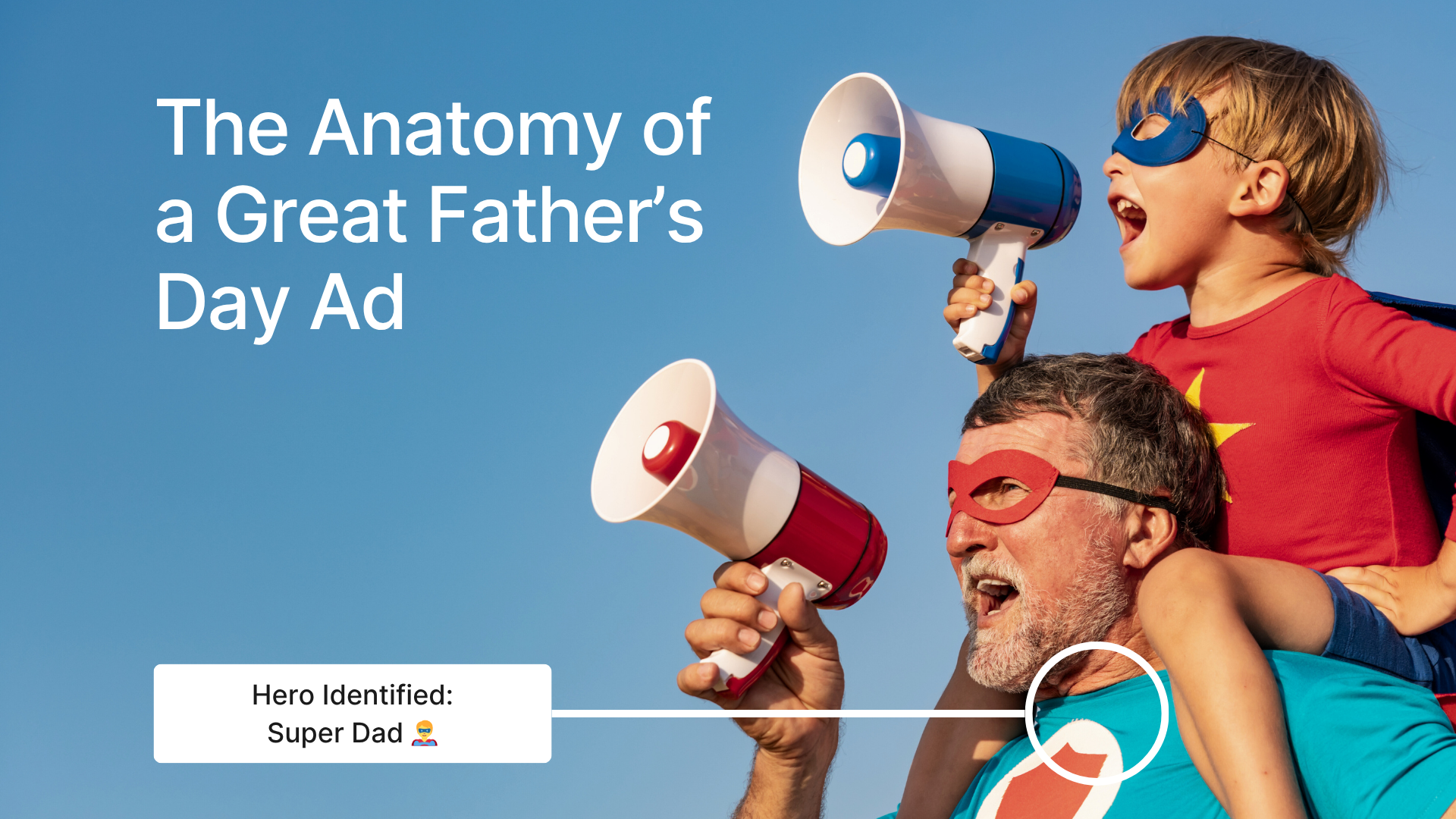5 ways creative asset tagging drives ad optimisation
What marketers can learn from creative asset tagging to improve ad performance.

Just when the marketing world was growing short of convoluted terms, along comes creative tagging.
Contrary to countless other terms, buzzwords and acronyms that have already made their way into the marketing obituary, I’d argue that creative tagging is here to stay. But, why? What do we even mean by creative tagging? What are the benefits? And why should marketers even care?
Put simply, tagging—whether it be UTM, website or now creative asset—is just another means for marketers to get their hands on even more data. Technologies such as UTMs have been used for decades in digital marketing to register information such as: landing page visitors, traffic sources, on-page clicks etc.
All sounds rather efficient, doesn’t it?
Yet, there’s so much more left to complete the content puzzle. And with all eyes on AI to fill in the gaps, there are now far more nuanced solutions venturing beyond the question of which content consumers are engaging with, and finally answering why.
Why creative tagging is so powerful
Understanding why consumers are engaging with your content is nothing short of revolutionary.
If you consider the immediate benefits—thwarting inefficient ads, boosting your ROAS (return on ad spend), or even honing in on scaled brand consistency—it wouldn’t take long for any brand to reap the benefits.
But, it isn’t just brands that are soaking up the wins. Tagging functionalities offer equally useful perks to creative and media teams, such as breaking ads down at granular creative-component level (time-saving with intuitive semantic search) and providing qualitative measurements for specific ad elements.
Creative have been struggling to churn content out at full tilt to satisfy a voracious appetite across all online channels. But the thing is, finding the right balance between creating a high-volume of assets and ensuring consistent quality is no easy feat. In fact, an overwhelming 77% of marketers consider the pace of work for creative teams as their core challenge.
Now is as good a time as any to be curious about how creative tagging can alleviate workloads, improve campaign effectiveness, and ensure consistency at scale. Here’s how:
1. Enhanced efficiency & tags
Digital storage, like any good old storage, is only as organised as you make it. A point which goes hand in hand with the first hurdle that most creative teams encounter in the production process—efficiency.
The current abundance of cloud storage solutions has meant that the most cost-effective, and low-maintenance means of storing tons of assets is to dump them in folders.
These assets are often labelled randomly, vaguely, or sometimes not at all (and let’s admit it—we’ve all saved Untitled 1, Untiled 2, or more). If we lived in an ideal silo-less world, where teams could follow one—instead of multiple sets—of nomenclature and filing conventions, this wouldn’t be as big an issue. But that world is either light years away, or non-existent.
Moreover, it’s not just one asset per campaign. It’s a lot.
As any creative will attest, the first conception of an asset is rarely—if ever—the final deliverable. Countless iterations of the same tweaked asset make their way through diverse stakeholders before flowing into the downstream demand.
This process creates a workflow whereby a singular asset can quickly develop into numerous versions all with varying naming conventions. (Basically adding the version number, the date, the format, placement, and maybe even your initials with ‘approved’.)
But the concept of ‘creative tagging’ allows us to make associations about the asset much quicker. Using AI-enabled computer vision to break down an asset’s granular creative components, creative teams are tapping into this functionality to find assets in record-speed with intuitive language. And, quite frankly, whatever your remember about the asset (brand, product, year, or a combination of taglines, emotion, and location).
For example: X Brand Product shots from 2020’s hero campaign.
The result? A far more efficient process and, arguably more important, a far richer creative data set.
2. Improved collaboration
The value of asset tagging doesn’t just revolve around locating assets more efficiently, it centres around better collaboration too.
Creative and media teams are tired of continuously passing the baton, sending countless messages using a dizzying array of disjointed tech(Teams, Slack, or email, to name a few) just to get something approved. That’s without adding the aforementioned stakeholders or agency-client dynamics.
We’ve all had the displeasure of rummaging through countless threads, apps, groups or chats to find that attachment. But, in the context of creative production, this is magnified. And approving a singular asset across numerous campaigns, using byzantine approval processes, often leads to significant delays.
A report by filestage cited that the feedback and approval element took 10 days on average for an asset to be signed-off. Another survey by Gleanster & Kapost claimed that these processes wasted $958 million annually.
So, the briefing for marketers is to find the sweet spot of where collaboration meets the right level of QA and accountability.
Whereas many adtech solutions and project management tools fail to bring everything together into a single source of truth, SmartAssets’ creative analytics looks to address this notion. By segmenting assets into relevant brands or campaigns, before centralising the approval process, the software enables relevant stakeholders from various parts of the content creation cycle to approve, reject or comment on assets in one place, ensuring feedback is readily available for all parties.
3. Consistent branding and messaging
So, if tagging promotes efficiency and collaboration, how does it ensure that centralised brand guidelines and messaging are still adhered to?
Whilst tagging encourages assets to be validated more effectively, most creative teams still require assets to meet stringent requirements. It’s usually the quality control element of the process that usually throws a spanner in the works, with approvers fallibly checking huge quantities of assets and delaying campaign launches.
Although not overly-complicated, it is most definitely time-consuming to ensure that all assets have the right aspect ratio, file size, deliver the key message, contain the relevant disclaimer, utilise the right logo, and soon. And mistakes on this level are made surprisingly often.
But, what if you could automate tools to understand your own brand guidelines? And what if you could instantly approve assets against your defined criteria?
Creative tagging makes this possible.
SmartAssets creative tagging compiles analysis from millions of assets, baking in best practice from learnings of a network of top-performing advertising agencies, and ensuring the asset meets your pre-defined specifications. These functionalities are driving more and more value to our clients, with one notable fintech application saving 500 hours per creative brief with automated QA workflows.
4. Platform suitability
It’s not just what's in the asset that ensures efficiency, but also what the asset is.
A day-in-the-life of any media agency should give you an idea of the common frustrations: “the image is the wrong dimension for Meta” or “the resolution doesn’t align with DV360’s specifications.” These frequent contretemps are a waste of creative production time (for lack of a more polite euphemism).
Whilst it may seem trivial, a study by the IAB Tech Lab found that nearly one out of every three display ads has at least one serious quality issue, such as exceeding file size guidelines.
This where our automated review process seeks to right the wrongs, and ensure that assets are fit for their respective platforms before they are approved.
5. Creative recommendations
A rich creative data set is a game-changer. But the trick is to know how to leverage it.
Platforms offering creative analytics ingest large quantities of metadata to feedback prescriptive recommendations for specific channels, regions and consumer demographics. Imagine this as an infinite number of A/B tests to decipher how certain creative elements can boost media performance.
This is exactly how SmartAssets proprietary model generated a +121% improved CTR & +306% increase in ROAS for a global cosmetics brand: By taking one year of paid media data and assets, the platform was able to generate explicit creative direction to enhance more than 20 elements. With our optimised creatives outperforming previous assets, every time.
In a world where brands demand and AI enables more content, SmartAssets is on a mission to ensure brands understand not only why assets should look a certain way but more importantly how that will drive better performance. And it all starts with creative tagging.
A demo is as free as air—feel free to book one with our team or request a free trial to see the platform in action.
Download started, click here if it hasn't already.












